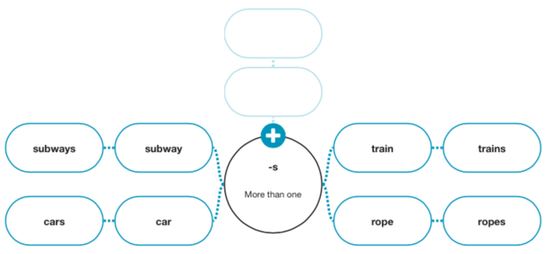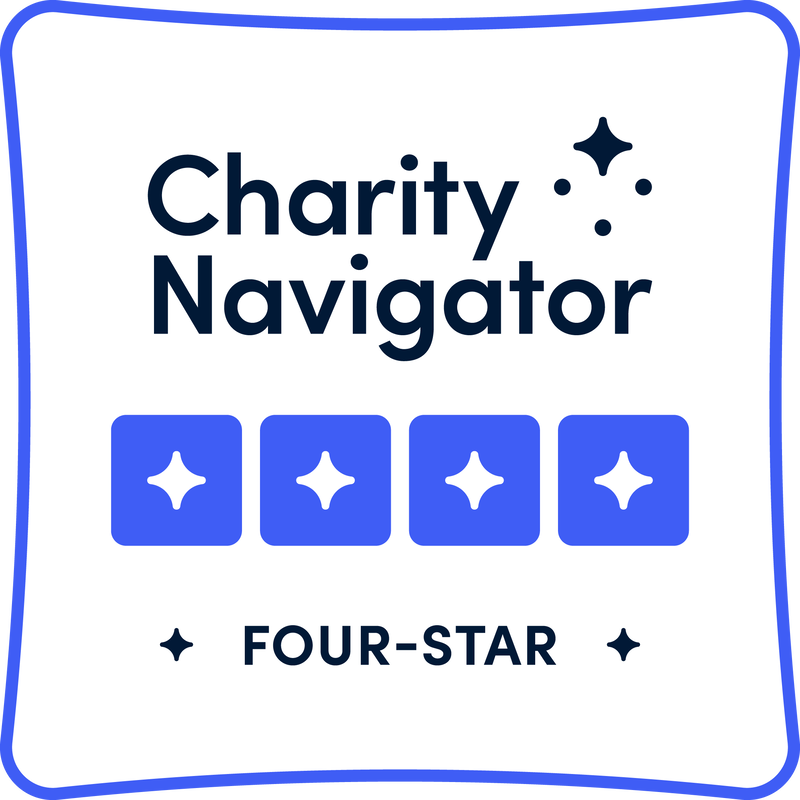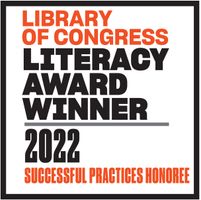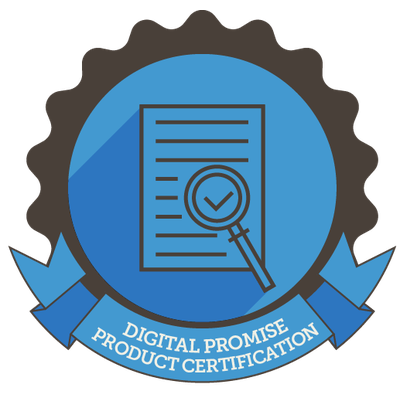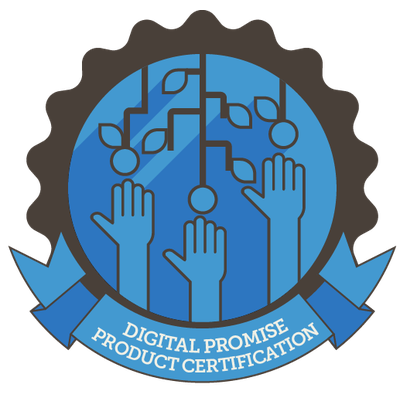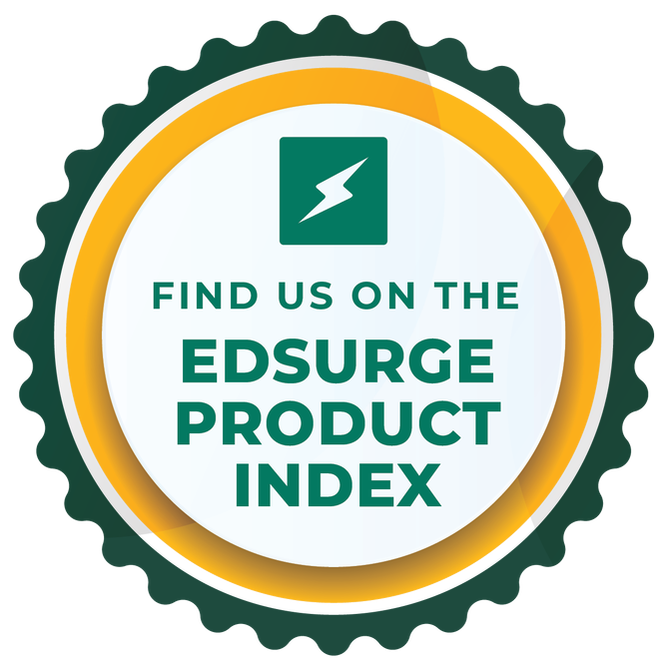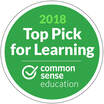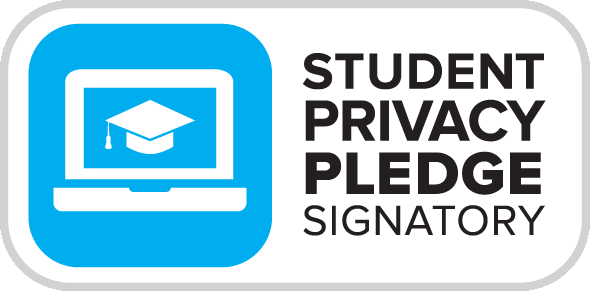Why Assign Meaning Mapper or Word Detective?
New words are easier to learn when they are connected to students' understanding of word parts, their background knowledge, and related words that they know. Building students' understanding of how words and their parts connect helps them become masters of words!
With Meaning Mapper, students build connections among words each day of the Article-A-Day routine. When new words are connected to background knowledge and related words that students know, they are easier to learn. Building connections among vocabulary words is key to reading comprehension. Graphic organizers, like the one in this activity, help make these abstract connections concrete. In a small pilot study in Durban, South Africa, students who did Meaning Mapper for multiple weeks showed evidence of making these critical connections in two ways:
Word Detective lets students explore word parts—prefixes, base or root words, and suffixes—to generate new and imaginary words. Knowledge of the meaning of word parts is a key contributor to students’ vocabulary growth. As they come across familiar word parts in unfamiliar words, students will be able to use their knowledge to help figure out the meanings of new words. Knowledge of word parts also supports accurate spelling.
With Meaning Mapper, students build connections among words each day of the Article-A-Day routine. When new words are connected to background knowledge and related words that students know, they are easier to learn. Building connections among vocabulary words is key to reading comprehension. Graphic organizers, like the one in this activity, help make these abstract connections concrete. In a small pilot study in Durban, South Africa, students who did Meaning Mapper for multiple weeks showed evidence of making these critical connections in two ways:
- Students often connected ReadWorks-chosen vocabulary words with the new words they chose to add to their Meaning Maps.
- Students often used words from earlier connections on their Meaning Maps in their written explanations of new connections.
Word Detective lets students explore word parts—prefixes, base or root words, and suffixes—to generate new and imaginary words. Knowledge of the meaning of word parts is a key contributor to students’ vocabulary growth. As they come across familiar word parts in unfamiliar words, students will be able to use their knowledge to help figure out the meanings of new words. Knowledge of word parts also supports accurate spelling.
How to Use Meaning Mapper

"Meaning Mapper helped me a lot with my vocabulary, sentence structure, and understanding difficult words!"
Pilot Study Student
Meaning Mapper is a brief, teacher-led activity for helping students build connections among words each day of the Article-A-Day routine. Start Meaning Mapper at the beginning of the week and finish it by the end!
THE ROUTINE
Monday: Introduce the purpose and the focus word. Have a student read aloud the focus word and have them put the definition in the center of their maps. Ask students: “What words does this word make you think of or remind you of? Why?” Then have them add a word to the first branch of their maps.
Monday-Thursday: Add words and connections from each day’s article. After the Article-A-Day routine each day, students add a word from the article that connects to a word or words already on their maps and fill in the connection bubble.
Friday: Create a class meaning map! Ask students to share words from their maps and create a class map.
| ||||||||
How to Use Word Detective
Word Detective is a 15-minute, teacher-led investigation of word parts designed for the last day of the Article-A-Day routine. With this simple, fun activity, students develop deeper vocabulary understanding.
THE ROUTINE
1. Set the purpose (1 min): Tell students, “Exploring words and word parts will help you become master detectives who can figure out the meaning of any word!”
2. Introduce and explore the word part (2 min): Begin to investigate the word part in the center of the map by asking students: “Have you seen this word part before? What are some words you have seen use it? What do you think it might mean or do?”
3. Define and model using the word part (2 min): Have students put the word part definition in the center of their maps. On the first branch on the map, model adding the word part with a word students brainstormed in Step 2 (or a word from the teacher word bank).
4. Play with the word part! (7 min): Tell students, “You will now be word detectives! Look through articles you read this week for words you can add this word part to. Put these words in the first bubble on a branch on your maps and then add the word part in the second bubble!” The most important part of this step is encouraging students to have fun by adding the word part to create real or imaginary words!
5. Share findings (3 min): Ask a few students to share words they found in their detecting and create a class map.
| ||||||||
Introduce Meaning Mapper and Word Detective to Your Students
Share these videos with your students so they can learn all about how to do these activities.

